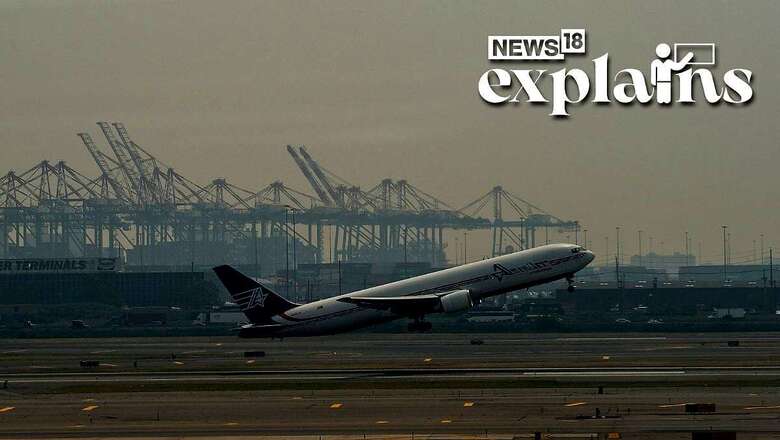
views
Several countries this summer have been exposed to unprecedented heat as temperatures across continents broke all previous records. The July temperatures have been so hot that scientists said that mercury was warmest the planet saw in 120,000 years.
The heatwave has not only affected humans, wildlife, agriculture, rains, but also hampered travel plans and flight operations.
The high temperatures in the United States are forcing airlines to adjust operations by reducing fuel or baggage and in some cases shedding passengers to help aircraft operate.
How Heat Affects Jet Engines and Lift?
Aircraft require lift to take off and lift is affected by the density of the surrounding air. However, the extreme warm temperatures, causing low air density, significantly impact an aircraft’s flying ability.
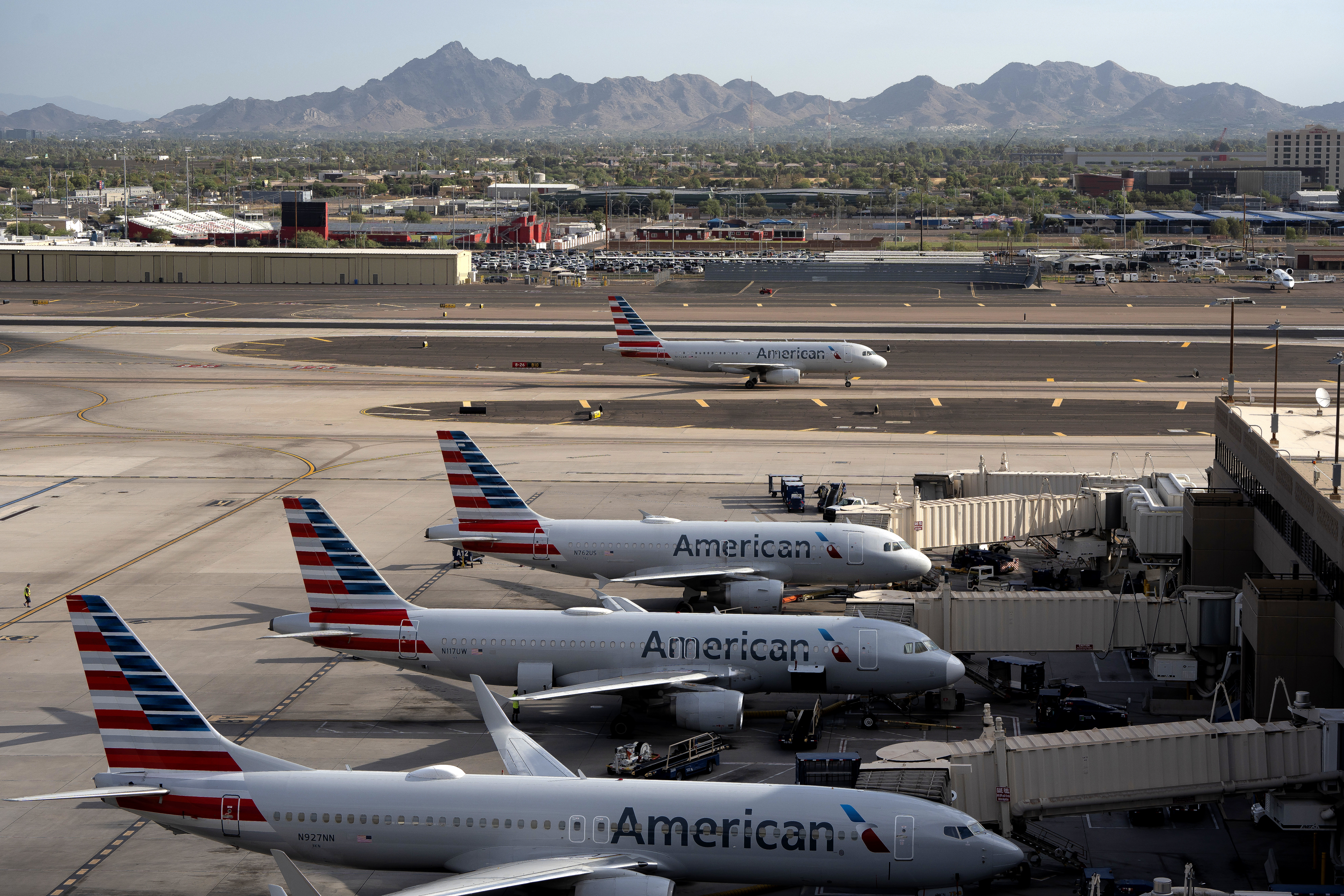
The high temperatures affect the flight in two ways- firstly reducing the performance of engine and secondly by reducing the lift produced by planes’ wings.
The high temperatures make the air less dense and when the air density is low, planes need to travel faster down the runway to produce enough lift for take-off. Similarly, the wings’ lift is also affected by the density of the surrounding air.
As a result, several airlines recently have resorted to delaying flight to avoid daytime hours or cut their passenger loads. The effect is more likely to be felt at airports with relatively short runways.
Delta Air Lines cancelled a flight after the temperature exceeded far beyond normal levels at a Las Vegas airport.
Meanwhile, in a similar incident, several Delta Airlines passengers voluntarily got off a flight on July 17 from Las Vegas to Atlanta after aircraft weight issues caused delays, Bloomberg reported.
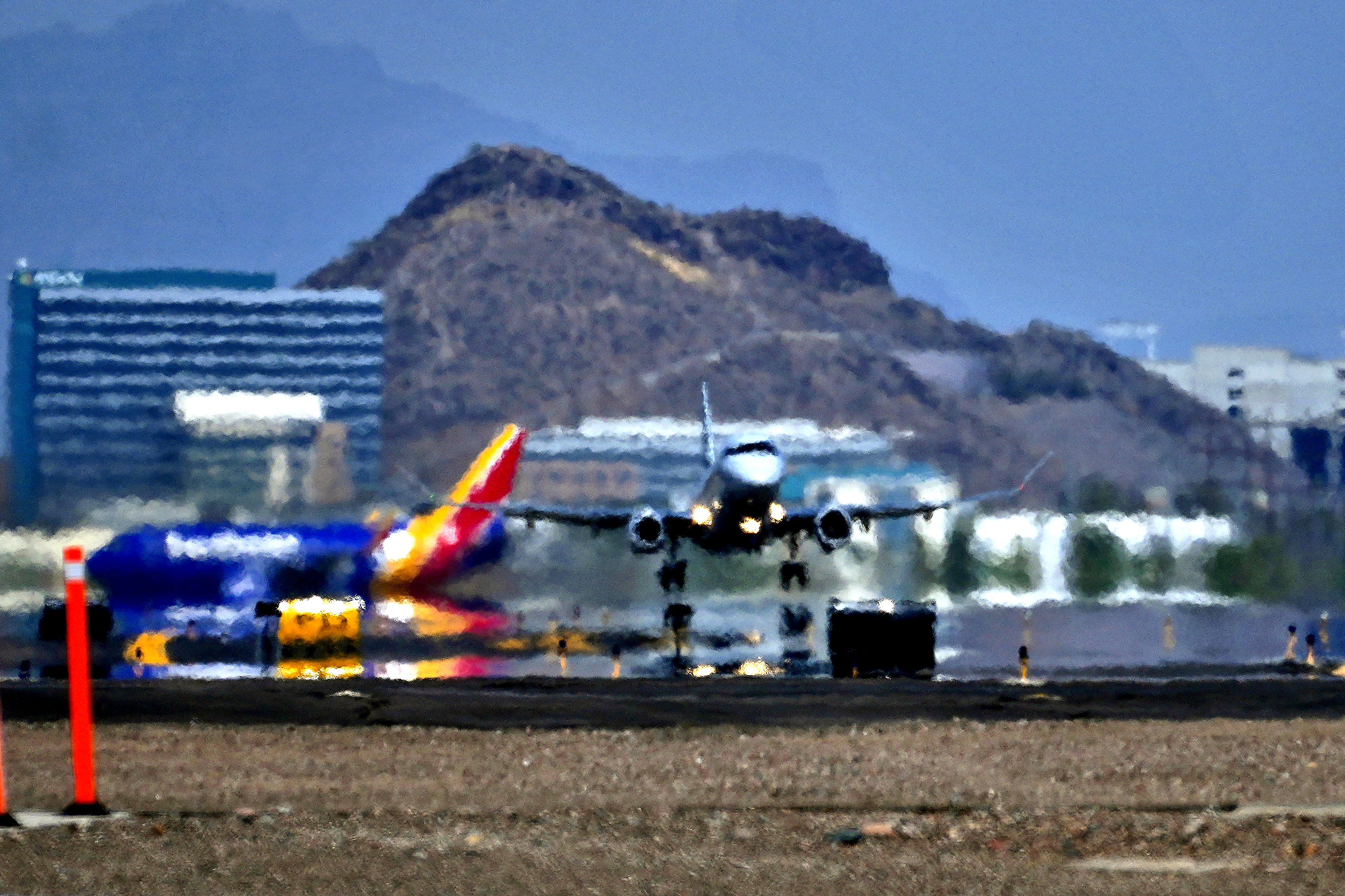
Moreover, the high temperatures can cause complications in a plane’s performance as some flight manuals recommend that aircraft do not go above 49 Degrees Celsius. “When exposed to extreme heat exceeding its maximum operating temperature, passengers aboard the airplane could be at risk,” according to Monroe Aerospace.
In 2017, several flights were cancelled for few days at Phoenix’s Sky Harbor International airport as temperatures exceeded 120 degrees Fahrenheit or 48.8 Celsius mark.
Cooling the aircraft
The high temperatures are also affecting the cooling units that are used to keep the cabin cool when the plane is parked on the tarmac.
“Planes are hooked up to external cooling units when they’re at gates, but extreme heat can overcome their ability to work well,” the Bloomberg report said.
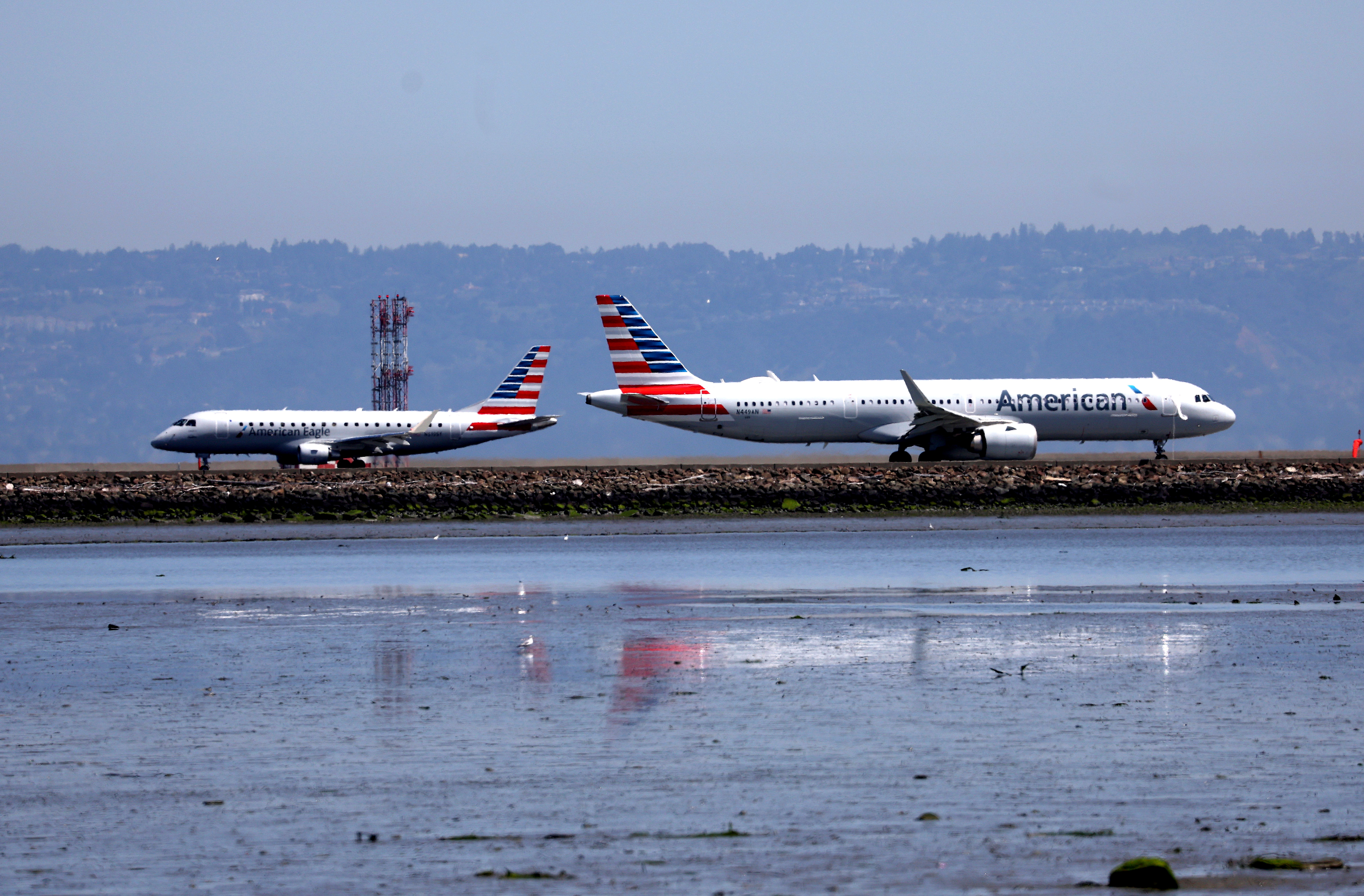
When the plane flies, the air sucked into the engine is cooled and circulated in the cabin. However, while taxiing and idling on the runway, it could be a cause for trouble to passengers as the temperatures in the cabin can rise due to warm temperatures outside.
How Airlines are Adapting?
As the warmer air is affecting lifts, the airlines are resorting to lighter aircraft for flight operations since they are least affected by the crisis. The airliners are also adjusting their schedules to allow planes to take off earlier or later in the day to avoid warmer hours.
Delta Airlines is taking other measures including loading less fuel to decrease weight and resorting to schedule refuelling along the route. They are also taking other weight-reduction measures to ensure safe departures.
Airlines companies including Delta, American and United Airlines said that the airport ramp workers, baggage handlers and other staff are getting more breaks, water supply, access to shaded areas, air conditioning and cooling towels to keep them safe.














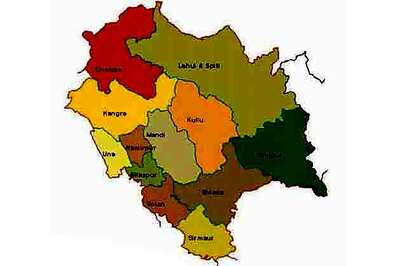





Comments
0 comment